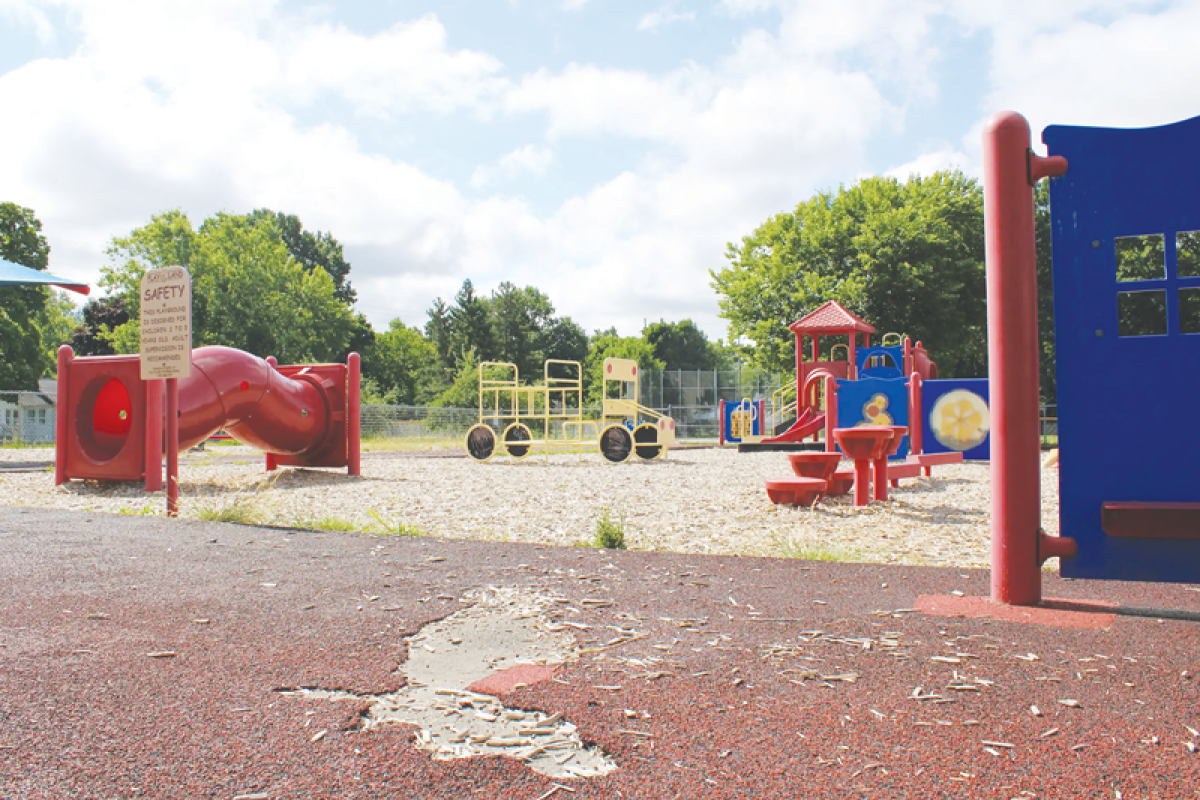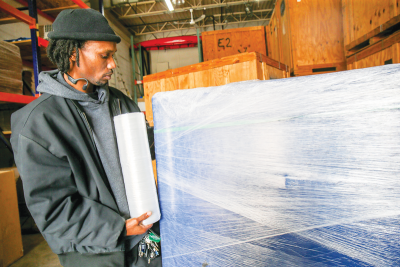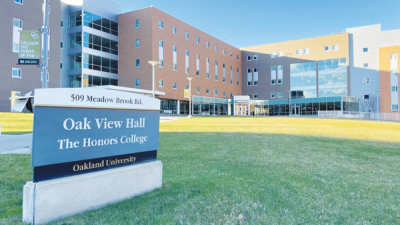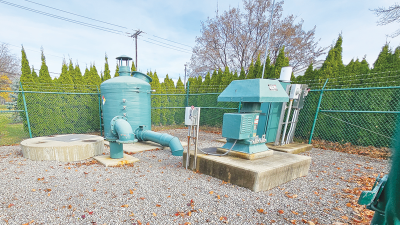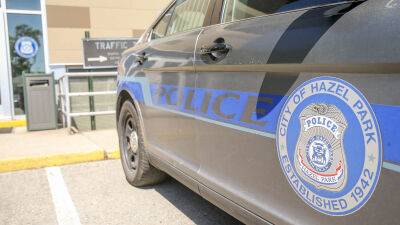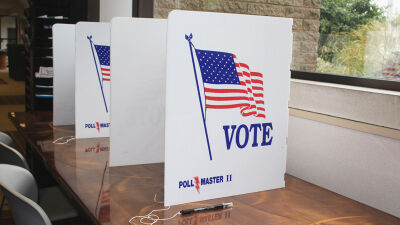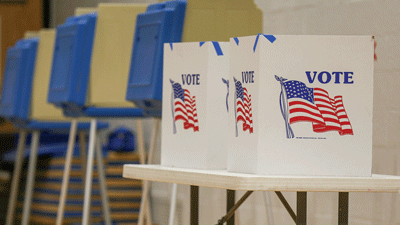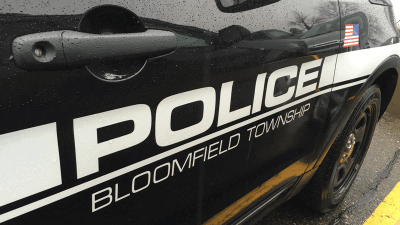ROCHESTER HILLS — The Avondale Schools district will ask voters to consider a $150 million bond issue when they head to the polls Aug. 6.
James Schwarz, the superintendent of Avondale Schools, said the five-year proposal, if approved, would not change in the current tax rate because of retiring debts. However, residents’ taxes would go down if the measure fails.
“The purpose of the bond is really to take the district to the next level, in terms of our ability to offer the growth and quality of programming that we’ve been on the trajectory for,” he said.
If approved by voters, officials said the $150 million proposal will address projects in six major categories: enhancing school safety and security; updating the learning environment; updating school exteriors and sites; updating mechanical and electrical systems; updating technology; and replacing select furniture, furnishings and equipment.
“It’s for new construction, as well as continued upgrades to all our facilities,” Schwarz explained.
According to the ballot language, residents would pay an estimated 1.37 mills in the first year of the bond and an estimated 4.19 mills per year after that. One mill is $1 per $1,000 of a home’s taxable value.
“The estimated computed millage rate required to be levied to pay the proposed bonds may change in the future based on changes in certain circumstances,” states the ballot language.
The district’s proposal is to keep the debt millage rate at 7.3 mills, the superintendent said. If the proposal fails, district officials estimate the debt millage rate would decrease to 5.93 mills for the 2025-2026 school year. This would be a $205 reduction in tax bill for a homeowner with a $150,000 taxable value home. With no bond passage beyond 2025-2026, the rate would continue to drop steadily until the debt is fully paid off in 2047. District officials estimate that the debt millage rate would decrease to 4.60 mills for the 2026-2027 school year. This equates to a $405 reduction in tax bill from the current 7.3 mills rate.
The largest expenditure is the new construction of an early childhood center — proposed for the corner of Waukegan and Squirrel.
“That’s where the former administration offices used to be. Those were demolished close to 15 years ago now. The district has held on to that land since that point in time for a future use, and that future use has come,” said Schwarz.
The district, he said, is in “desperate need” of an early childhood center because there is no more space within the district to accommodate the demand for preschool programs.
“We are full, and we have a waitlist, and that’s been the case for a couple of years now. … Couple that with the governor and the Legislature’s discussion about offering universal free 4-year-old preschool in the state. If that passes, it will be starting in the fall of 2027, and that would nearly double the amount of preschoolers eligible for our programming. If we don’t have the space now to accommodate the need, how in the world are we going to be able to accommodate the need when that could potentially double?” he said.
However, in a 4 a.m. June 27 budget deal, the state decided that a family will only qualify for a free preschool spot if they are at or below 400% of the federal poverty line. Using 2024 federal poverty numbers, a family of four with an income of up to $124,800 could qualify. Families that earn more than that could still qualify for free preschool if Great Start Readiness Program providers have additional open spots.
The district said that with a dedicated preschool center, the preschoolers would be moved from their current spaces in the elementary buildings, creating more space for classrooms when that larger level of students matriculated through the district.
“It would also allow us to expand for additional special education classrooms,” Schwarz said. “Right now, we don’t have space to accommodate that need, so alleviating that space in the elementaries by pulling those preschoolers out to a preschool center would allow us to add additional rooms to accommodate more special education.”
An addition to R. Grant Graham Elementary School to add four classrooms is another large project that would be covered under the bond. The building is currently at capacity with 440 students enrolled, and Schwarz said projections plan for a continuation of those rates for the next 10 years.
“We’ve had 50 students enrolling in the last two weeks of summer for the last two years, so that’s an influx of residents into that building as those neighborhoods are turning over to new families,” he explained. “We need to add some additional classrooms so that we can lower some of the class sizes in that building. That’s our building with the highest class sizes currently because of the space limitations.”
The third major construction project covered under the bond would be an expansion on the district’s transportation facilities to allow for a maintenance garage for washing and bus repairs within the district.
At the high school level, science labs would get a refresh, along with the athletic fields.
“We have science labs at the high school that are 40-plus years old with bunsen burners that don’t work and very well-used furniture, cabinetry and table tops, so this would really upgrade all of that,” said Schwartz.
The elementary schools would get all-new playgrounds.
“We have playground equipment that is decades old, in many cases, which are not (Americans with Disabilities Act)-compliant by today’s standard,” Schwarz said.
The bond would also support upgrades to technology equipment and infrastructure; safety and security; heating, ventilating and air-conditioning systems; and remodeling and re-furnishing school buildings throughout the district.
“In many cases, our furniture is 30-plus years old and falling apart — we have student desks that are falling apart. We have teacher desks falling apart. We have cabinetry that’s falling apart due to age. So this would help do a complete overhaul of new furniture into the district,” Schwarz noted.
Board of Education President Terry Lang said the school district developed this bond proposal after a thorough assessment of school facilities, input from the school staff, and input from members of the community through a community survey and a series of focus panels.
“I am confident that this proposal reflects what the community members want for their school district, and I am pleased that we will be able to address all these projects with no increase in the current tax rate,” Lang said in a statement.
The ideas that really fed this bond were from the community, Schwarz said.
“There’s not a person in this that’s not going to get something out of this bond — if you’re a staff member, if you’re a student, if you’re a community member. There’s something in this for everybody,” he said.
The school district is planning informational meetings, social media posts, and a variety of mailings on the bond proposal. For more information, visit the school district’s website at http://www.avondaleschools.org/2024-bond. The document also outlines all the planned projects for each school and facility within the district.
Residents of Avondale School district are encouraged to share their thoughts about the bond proposal by taking a brief survey at http://www.research.net/r/ASDbondproposal.
For more information, contact Superintendent James Schwarz at james.schwarz@avondaleschools.org or (248) 537-6000.
Bridge Michigan contributed to this report.
Avondale School District School Improvement Bond Proposition
Shall the Avondale School District, County of Oakland, State of Michigan, borrow the sum of not to exceed One Hundred Fifty Million Dollars ($150,000,000) and issue its general obligation unlimited tax bonds, in one or more series, to pay the cost of the following projects to create a modern learning environment for students and for health, safety, security, energy conservation and other purposes:
• Erecting, completing, equipping and furnishing a new early childhood center;
• Erecting an addition to R. Grant Graham Elementary School and remodeling, equipping and reequipping, furnishing and refurnishing school buildings and additions, including for modernizing instructional, fine arts and theater spaces, playgrounds and other facilities and erecting, equipping and furnishing a transportation maintenance facility;
• Acquiring, preparing, developing and improving sites for school buildings, including athletic fields, playgrounds and other facilities and the purchase of school buses;
• Acquiring and installing technology equipment and technology infrastructure, including for health, safety and security, in school buildings and other facilities?
The annual debt millage required to retire all bonds of the School District currently outstanding and proposed pursuant to this ballot is expected to remain at or below 7.30 mills which is an estimated -0- mill increase from the debt millage levied in 2024. The estimated millage that will be levied to pay the proposed bonds in the first year is 1.37 mills ($1.37 per $1,000 of taxable value) and the estimated simple average annual millage that will be required to retire each series of the bonds is 4.19 mills annually ($4.19 per $1,000 of taxable value). The maximum number of years the bonds may be outstanding, exclusive of refunding, is not more than twenty-five (25) years.
If approved by the voters, the repayment of the bonds will be guaranteed by the State under the School Bond Qualification and Loan Program (the “Program”). The School District currently has $64,625,000 of qualified bonds outstanding and $0 of qualified loans outstanding under the Program. The School District does not expect to borrow from the Program to pay debt service on these bonds.
The estimated computed millage rate required to be levied to pay the proposed bonds may change in the future based on changes in certain circumstances.
(Pursuant to State law, expenditure of bond proceeds must be audited, and the proceeds cannot be used for teacher, administrator or employee salaries, repair or maintenance costs or other operating expenses.)
 Publication select ▼
Publication select ▼